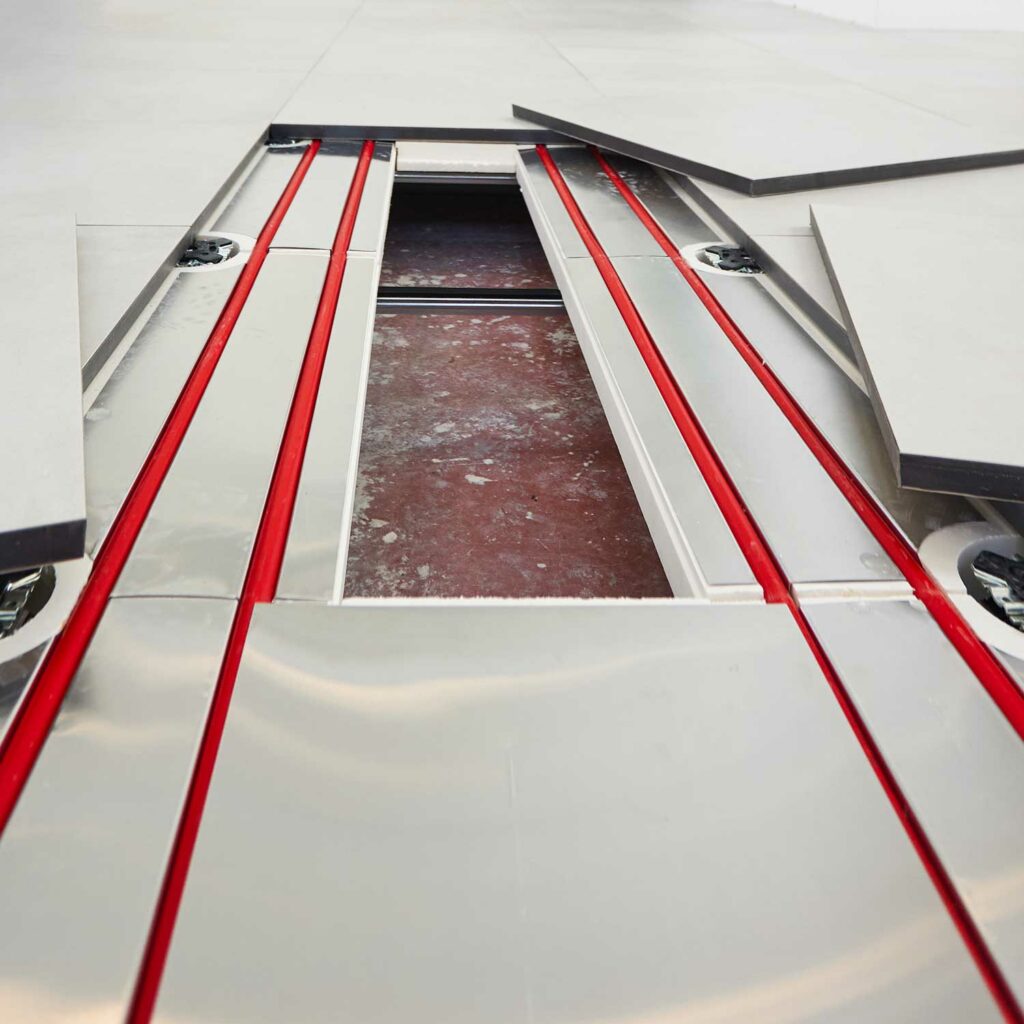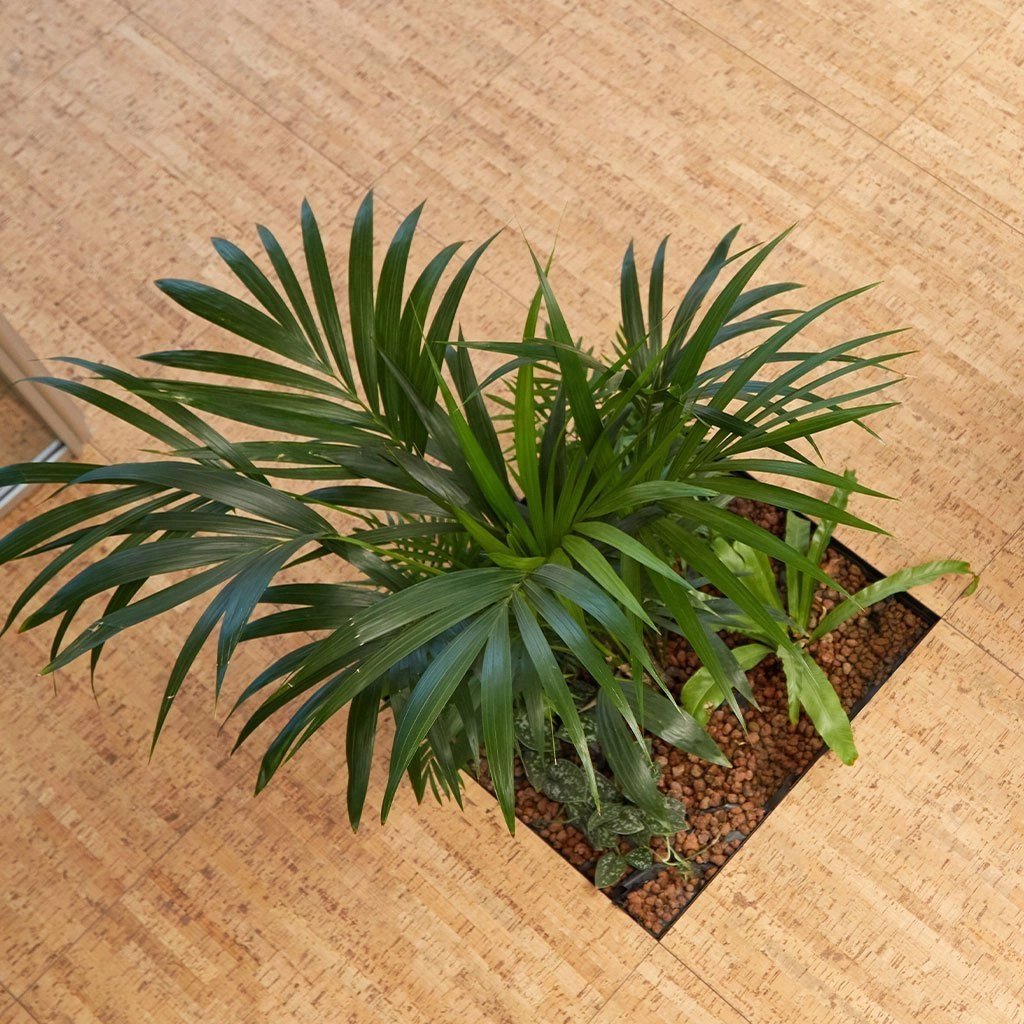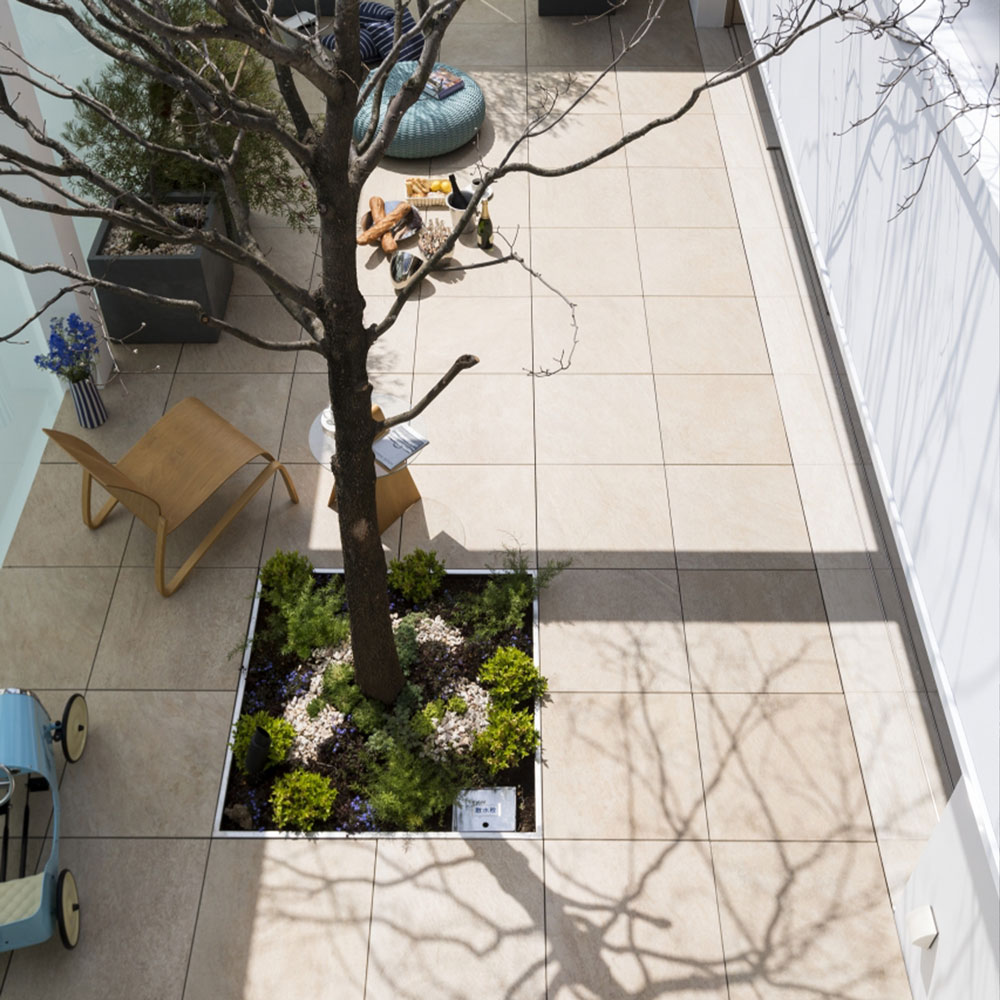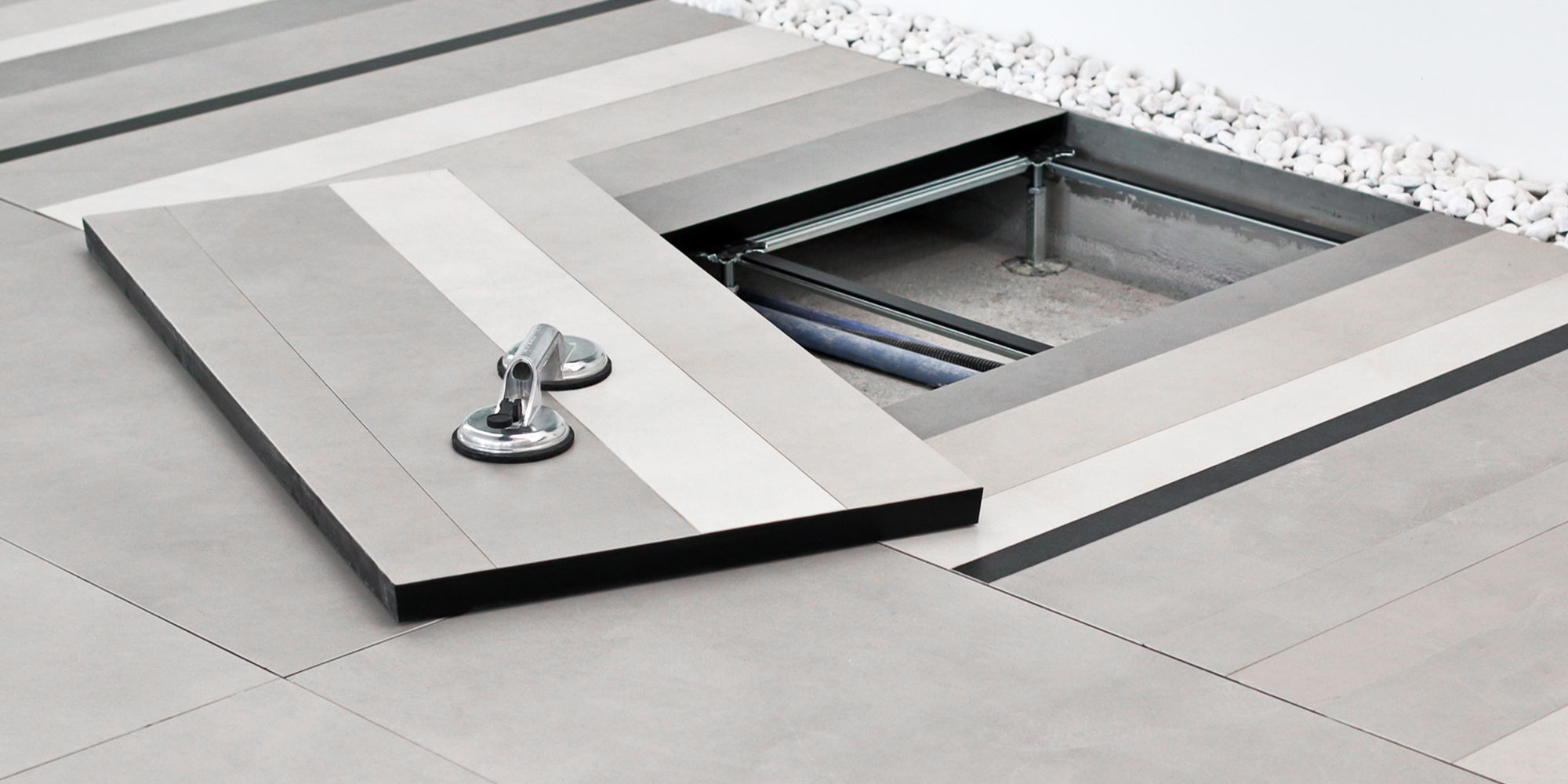
Raised floor
Contents
What is a raised floor
Raised floor, also known as floating floor, is a dry flooring system consisting of modular panels supported by a galvanized steel structure. An inspectable walking surface is thus created, which allows the placement of plants in the underfloor technical compartment.
Characterized by elements designed specifically for the project requirements, the raised floor is a functional system, capable of integrating modularity in its declinations of flexibility, aesthetics and innovation.
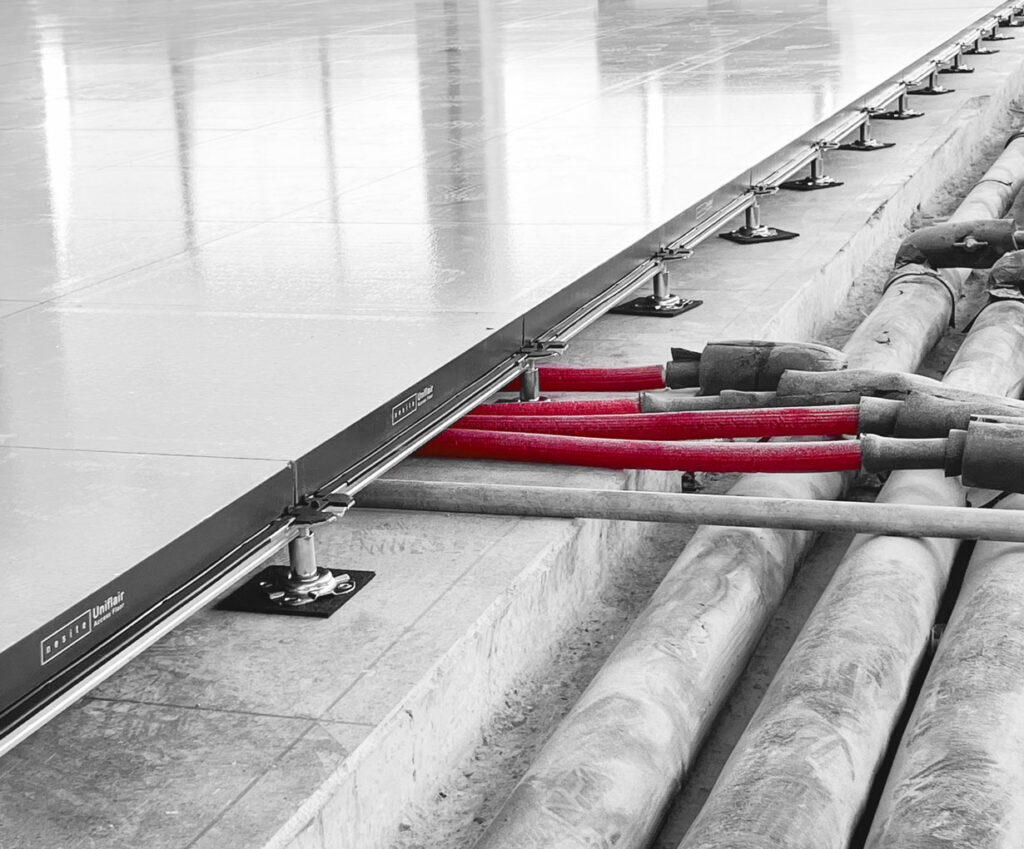
Why use raised floor
Quick installation
The raised floor is a modular dry system (without the use of cementitious screed), a feature that makes it efficient right from the installation phase, with a significantly shorter installation time than traditional flooring. The immediately walkable surface also allows works to advance, optimizing overall site times.
Inspectability
Raised floors are characterized by complete ispectability, thus allowing access to the plenum below, facilitating any plant maintenance work. They also offer the advantage of changing the layout of the floor and underlying systems at any time-even after installation-following the evolution of the space.
Safety and sustainability
Floating floors are solutions with high safety standards, regulated by the EN 12825 standard, guarantees the performance and quality of the system in terms of mechanical resistance, reaction and fire resistance, thermal insulation and acoustic comfort.
Added to this is the company’s willingness to pursue sustainable development of its solutions, offering new technologies and materials characterized by a virtuous life cycle, with low environmental impact.
Aesthetics
Raised floor responds to the needs of contemporary living with a technical approach with high aesthetic appeal, thanks to the wide range of available finishes. Every project at Nesite is based on listening carefully to the client and understanding their needs in order to build a mutual value exchange .
How is made the raised floor
Panels
The panels are the main part of the raised floor system, at the same time helping to ensure the designed load resistance and determining the aesthetic characteristics of the space. The elements that make up the panel are:
The core is the structural element of the panel, which determines its load-bearing and fire resistance characteristics. It can be of three types:
– CHIPBOARD CORE produced with FSC® chipboard in class E1, with very low formaldehyde emissions and high density 730 kg/m³. It represents a solution with good performance, suitable for projects that do not require high loads or have limited budgets.
– CALCIUM SULPHATE CORE, composed of a monolithic layer of calcium sulphate, anhydrite-reinforced with recycled cellulose fibers, reaction to fire in class A1. Calcium sulfate panels offer high-performance characteristics and are EPD certified, making them also suitable for projects with high sustainability standards.
– SINTERED MATERIAL CORE, composed of a core made of inert and inorganic material, with very high density (2,200 kg/m3), Resistant to temperature changes, non-absorbent and frost-resistant. Ideal for high humidity environments or outdoor spaces, in the version without edge trim.
The top finish is the element which characterises the aesthetic of the finished floor and can be in any type of material.
Thanks to the wide range of indoor solutions, the raised floor Nesite allows to create spaces in step with technological progress, as well as highly aesthetic solutions with particular attention to the end-user comfort.
It is also possible to choose a panel without a covering (bare), which is suitable for receiving a loose-laying covering, in order to allow accessibility.
The bottom covering of the raised floor panels can be of various types:
• Anti-dust primer, only for calcium sulphate panels. In the case of bare panels, it is also applied to the top.
• Aluminum foil, 0.05mm thick, contributing good protection against the possible humidity under the floor.
• Galvanized steel sheet, 0.4 mm thick, ensuring protection against humidity and improving the panel’s mechanical resistance.
The edge trim of the panels is made of high mechanical, thermal resistant and antisqueak ABS. It covers the perimeter of the panel, protecting it from accidental hits. It guarantees a perfect junction between panels, for easy handling and repositioning.
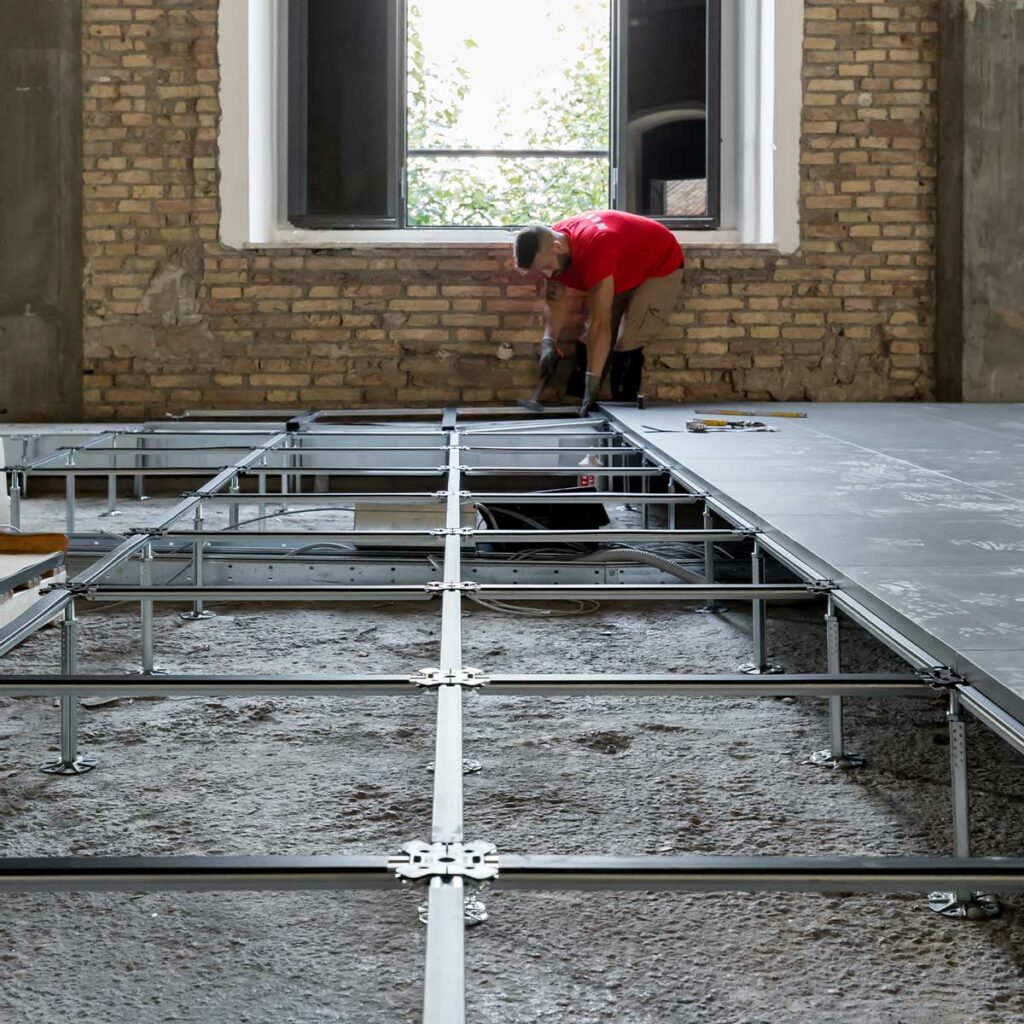
Structure
The structure is the fundamental element of a raised floor, as it determines the height over the surface it is lying on.
It is composed of two elements:
• the columns which constitute the vertical element adjustable in height.
• the connection stringers.
The structure is available in different heights for different needs, from a minimum of 3 cm to 100 cm in the standard version. Upon request, it is also available for bigger heights, condition that requires specific design and installation features, such as the use of bracings.
Special Solutions
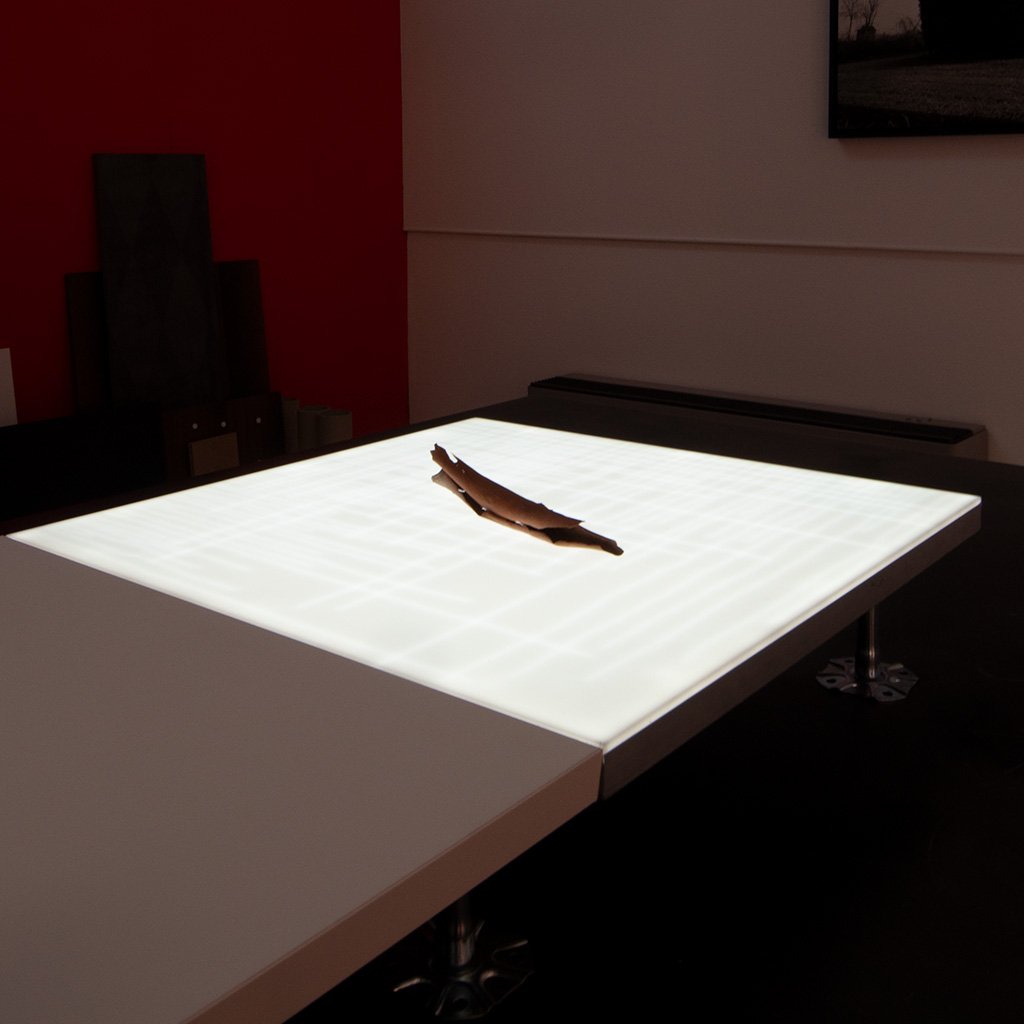
JUNO
High-brightness walkable LED panel, which allows to create light paths with maximum flexibility
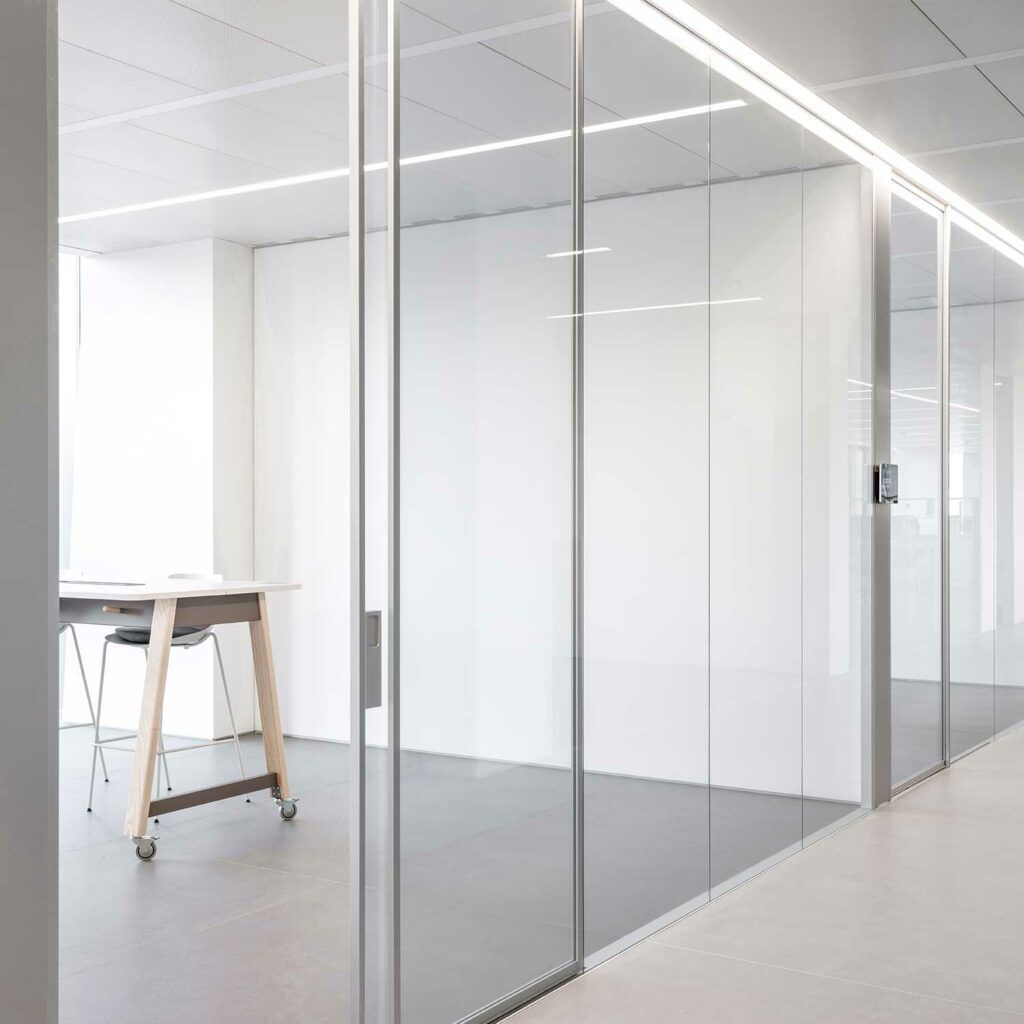
KAIROS
Integrated design of raised floors, partitions and ceilings into one functional and efficient system
Applications of the raised floor
Raised floors are suitable for all kinds of applications, from new construction projects to the redelopevement and restoration of historical and/or protected buildings.
The versatility of use derives precisely from the structural characteristics of the system, a dry, efficient and non-invasive solution, capable of adapting in a functional manner to the specific requirements of the project, even of great complexity
Quality of the process and the result, in Nesite we approach each project with a perspective made of creative look, search for the best, selected and certified material, technical expertise and care in production.
Outdoor raised floor
Nesite’s outdoor raised floor is a high mechanical performance solution designed to ensure dimensional stability in various weather conditions, favoring the drainage of rainwater and the rising of humidity.
The system is composed of panels obtained through the coupling of the upper finish – stoneware or stoneware – to a structural core of sintered material. Only recycled components are used in production, pressed and sintered at very high temperatures, in order to obtain a product that is both high-performing and environmentally sustainable, free of pollutants or toxic substances.
Outdoor raised floor is the ideal solution for creating functional and design-oriented outdoor spaces. Thanks to its modular design, it is easy to install and allows you to create flat surfaces, even on uneven terrain.
Resistant to weather and atmospheric agents, it is perfect for creating walkways, patios or relax areas quickly and without masonry work.

